I lowered my body fat by 4.4% after using a nutrition app for 7 weeks
Could a smartphone app be the key to hitting your nutritional needs and reaching your riding goals?
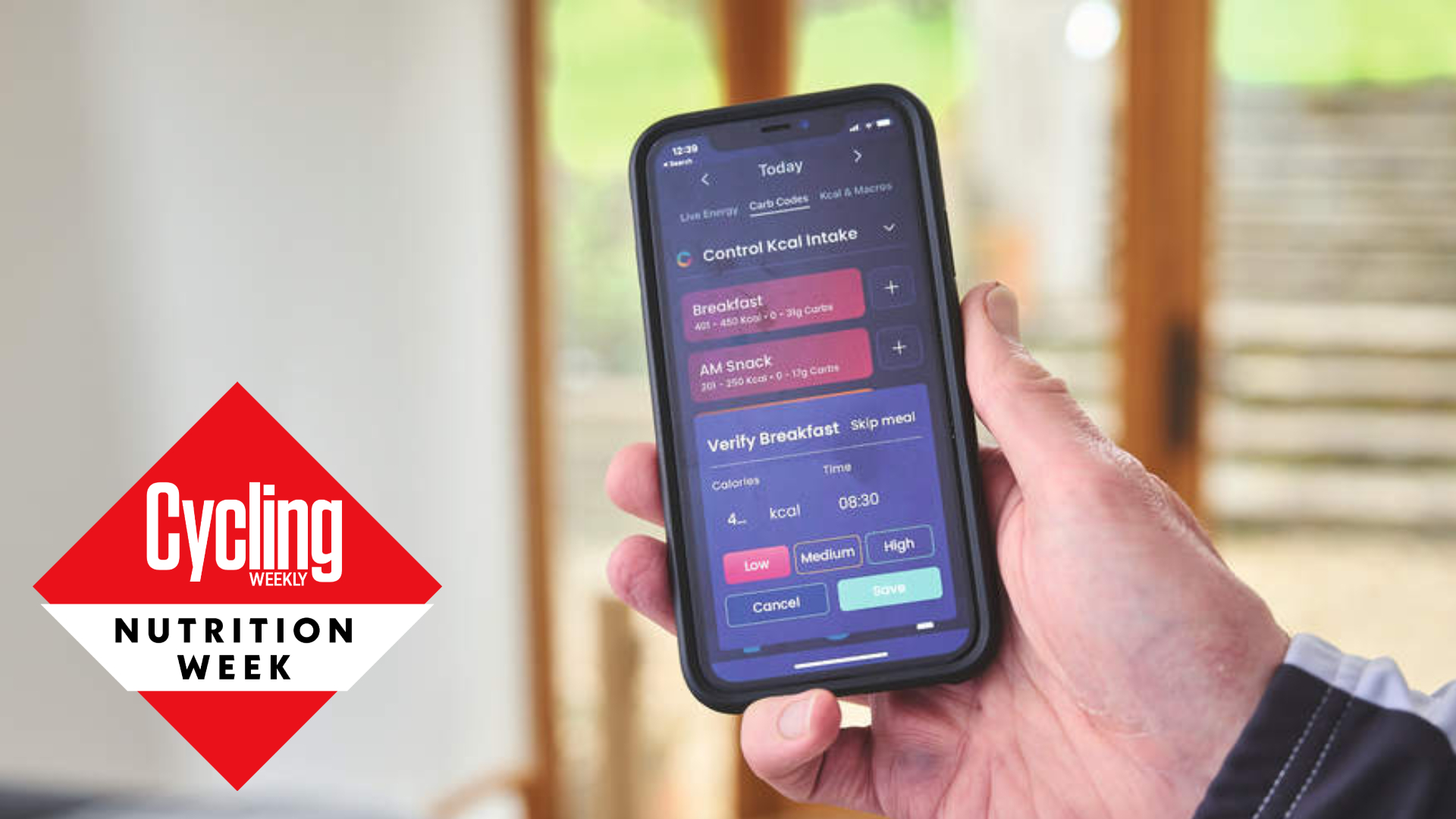
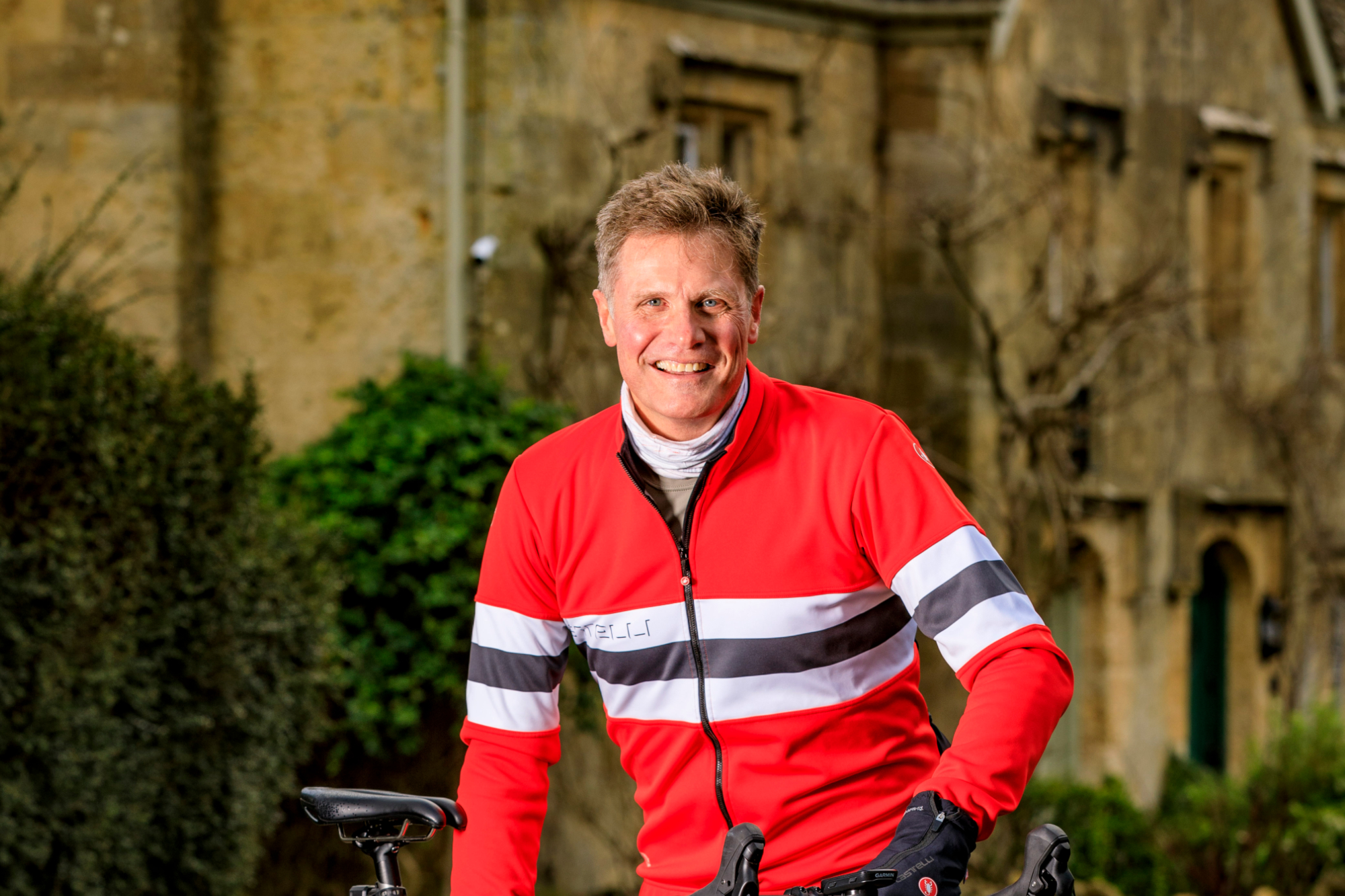
I knew I was in trouble when my belly started squashing against my quads while on the drops. It was during an early new year ride that I first noticed it, a ride that also felt unreasonably challenging, given it was just a brief potter around my local Cotswold hills. Christmas had craftily gifted me a generous portion of belly-fat while robbing me of a chunk of fitness.
It wasn’t entirely Santa’s fault. I don’t mind riding in miserable weather, but I draw the line at ice. The icy conditions in December and January left me sitting forlornly on my rollers spinning out recovery rides from non-existent efforts.
By early February I was desperate to regain a healthy weight and a good level of fitness in anticipation of the warmer spring rides that were just weeks away. But to achieve these cycling goals, I knew that I needed help.
For physiology evaluation and fitness planning, I turned to Jonathan Robinson, applied sport scientist at Team Bath’s Human Performance Centre at the University of Bath. I knew that, to honour Robinson’s efforts to improve my fitness, I’d need to improve my eating habits too. Instead of enlisting a nutritionist, I put my trust in a smartphone app.
I needed a solution that was responsive enough to cope with the complexities of life without the expense of having a nutritionist on call 24/7. Four apps made my shortlist: MyFitnessPal, EatMyRide, Cronometer and Hexis. The latter appealed the most. Hexis is a relatively new app that has Dr Sam Impey’s class-leading work on carbohydrate periodization at its core. Impey, a Hexis co-founder, is also lead nutritionist at British Cycling, making him a name I was happy to trust.
The numbers and testing
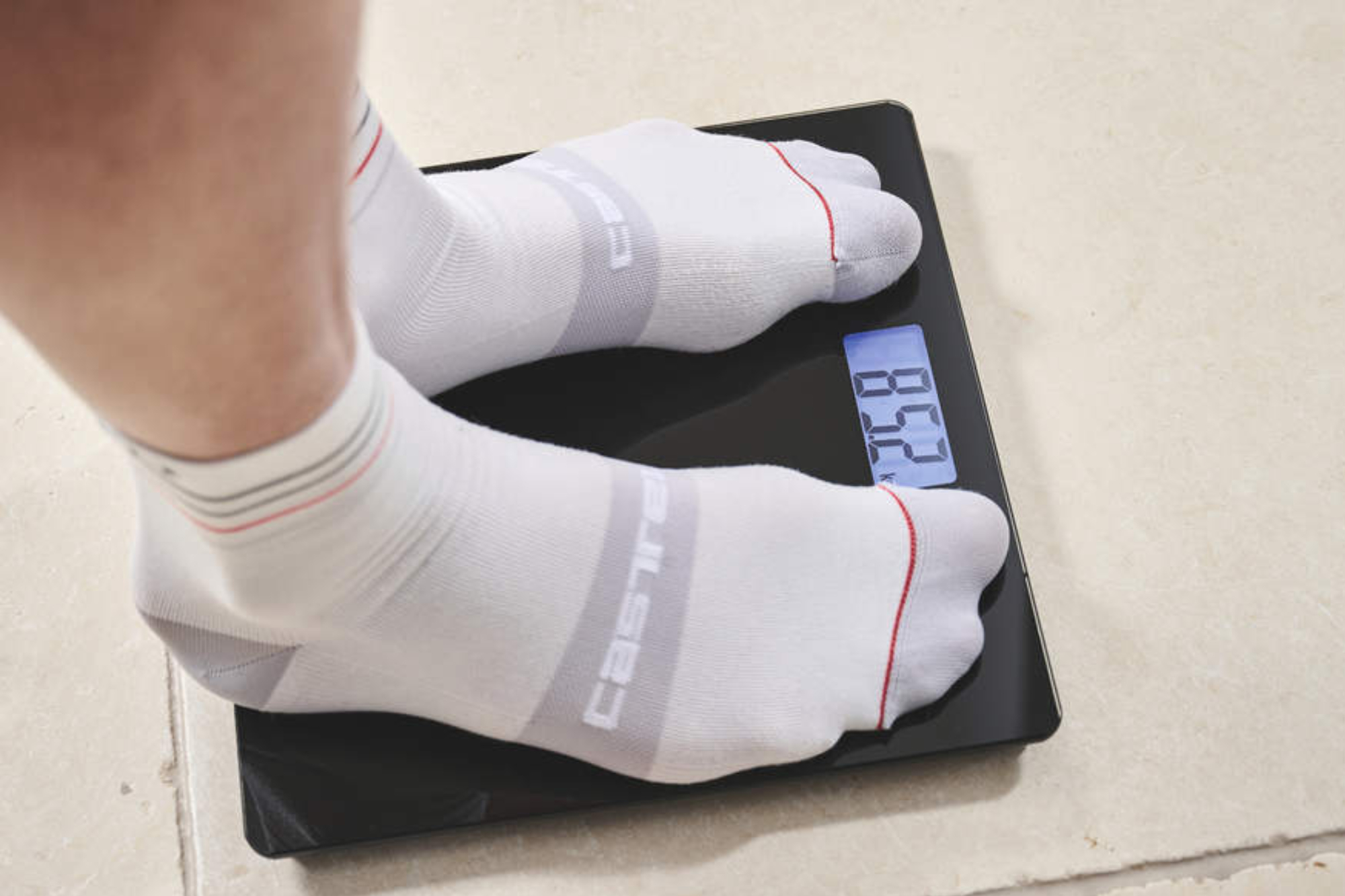
Fast forward to 21 February and I’m in my bib shorts while Robinson busies himself prodding and gripping my fatty folds with a pair of cold tongs. I’m booked in at Team Bath for a preliminary fitness test to analyse my body composition, VO2max and lactate threshold.
The headline figures are 88.7kg in mass, which for my 190cm height gives me a BMI of 24.8, but more importantly the skinfold test exposed a body fat percentage of 19.4. While these BMI and fat percentage figures are deemed healthy, they’re right on the limit approaching overweight, so Robinson recommends an initial fat target of 15%.
Get The Leadout Newsletter
The latest race content, interviews, features, reviews and expert buying guides, direct to your inbox!
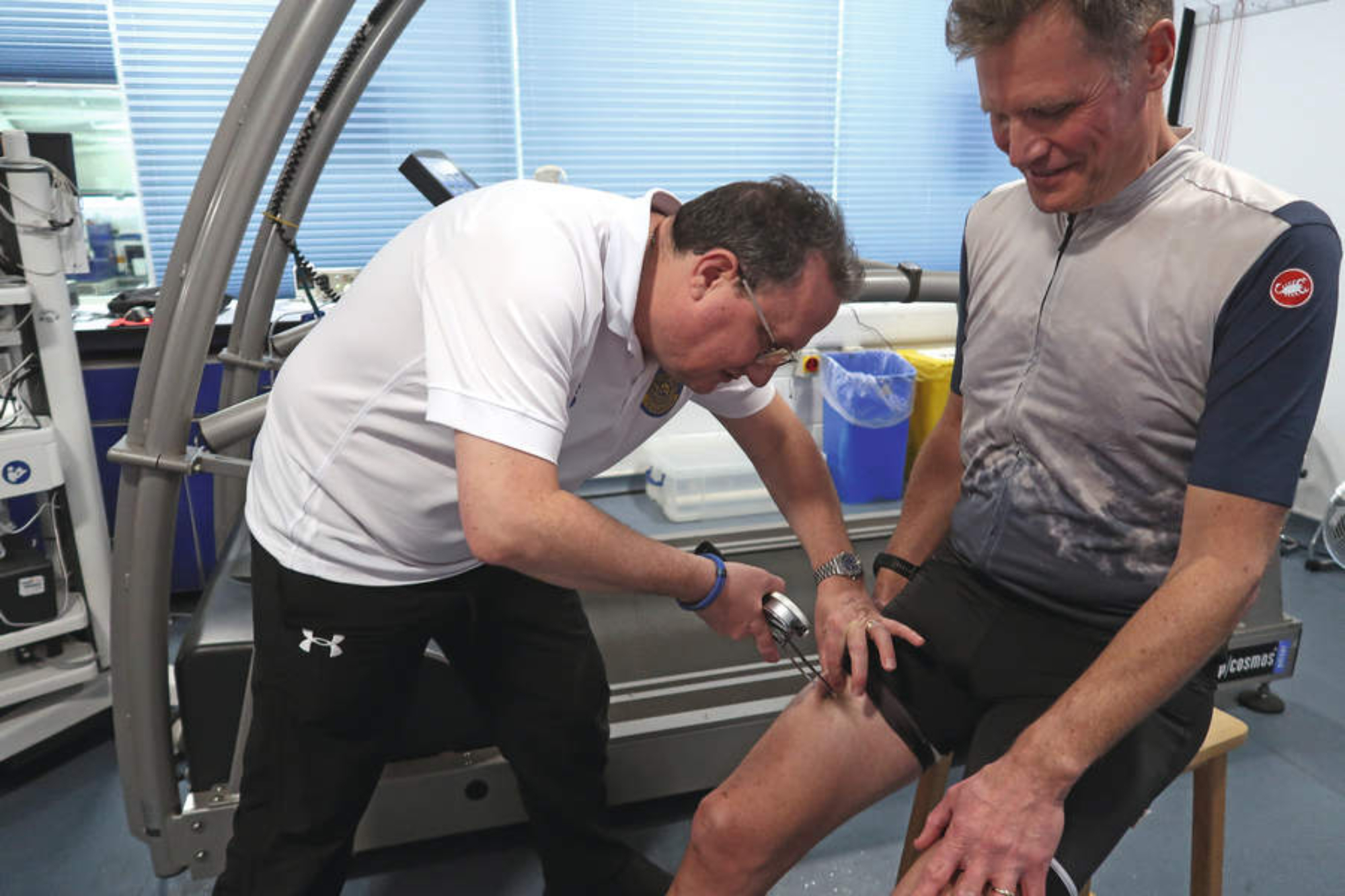
My VO2max figure is more encouraging. OK, 43ml/kg/min is far from elite level, but it put me in the ‘Excellent’ category for a man in his late 50s. Lactate Threshold (LT1) power was 175 watts at 130bpm and Individual Anaerobic Threshold (IAT or LT2) power was 225 watts at 145bpm, revealing that my baseline endurance capability is acceptable – but that I fade fast when faced with harder intensity efforts.
Robinson recommends that I continue working predominantly in Zones 1 and 2 to improve my LT1, while venturing into Zones 3 and 4 more often than I currently do to build better lactate tolerance for IAT/LT2. In simple terms, this means building higher intensity work into my training so I can face the Cotswold climbs.
Before I leave, a follow-up session is scheduled for 13 April, only seven short weeks away.
Carb planning
Hexis differs from most other apps in that it’s a predictive nutrition planner for athletes, as opposed to a rudimentary, retrospective calorie tracker aimed predominantly at dieters. It also implements a technique known as ‘carbohydrate periodization’, more of which later.
On first login, it needs some basic biometric data: age, gender, height, weight, plus some lifestyle information such as how active you are, your chosen sports and how much sleep you plan for. It needs to know whether you want to maintain your existing weight, increase weight through muscle gain or lose weight without compromising performance.
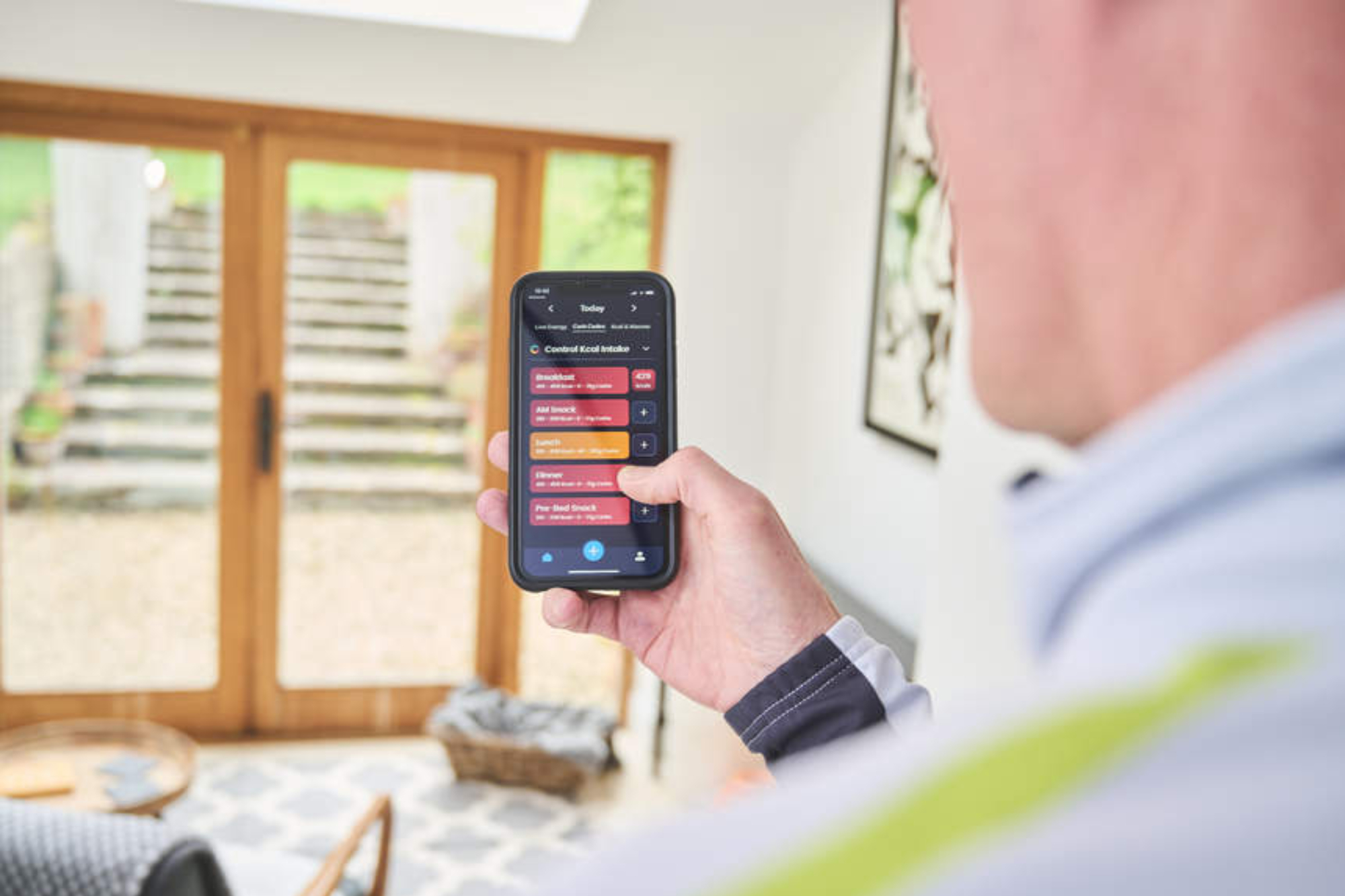
With just three primary screens, Hexis is deceptively simple to use. The Fuel Planner page is where you feed it the rides you’ve got planned, and it responds with what you need to eat for optimal fuelling. It does this using carb coding, recommending low, medium or high carbohydrate meals and snacks interspersed around your workouts throughout the day.
For example, on a typical day, to prepare for a moderate, one-hour, early evening ride, I need to eat a medium carb lunch comprising 750 to 800kcal, of which 46 to 100g should be carbs. This recommendation is available at a glance as a brightly coloured notification before my scheduled ride. Similarly, post-ride there’s a reminder to eat a similar medium-carb dinner, followed by a final recommendation of a low-carb pre-evening snack.
Tap on any of the coloured entries and Hexis delivers more detailed information, including a pie-chart style plate that shows the ideal split between vegetables, carbs and protein. Back on the Fuel Planner page, Hexis also provides overarching personalised nutrition insights, laced with encouraging remarks, a feature it calls the Fuel Coach.
A quick tap reveals the Kcal & Macros page, home to the daily calorie target and guidance on how much protein and fat to consume. On demanding days, I’d also use the Live Energy page to get real time feedback on my current energy status, as well as a prediction of likely future levels.
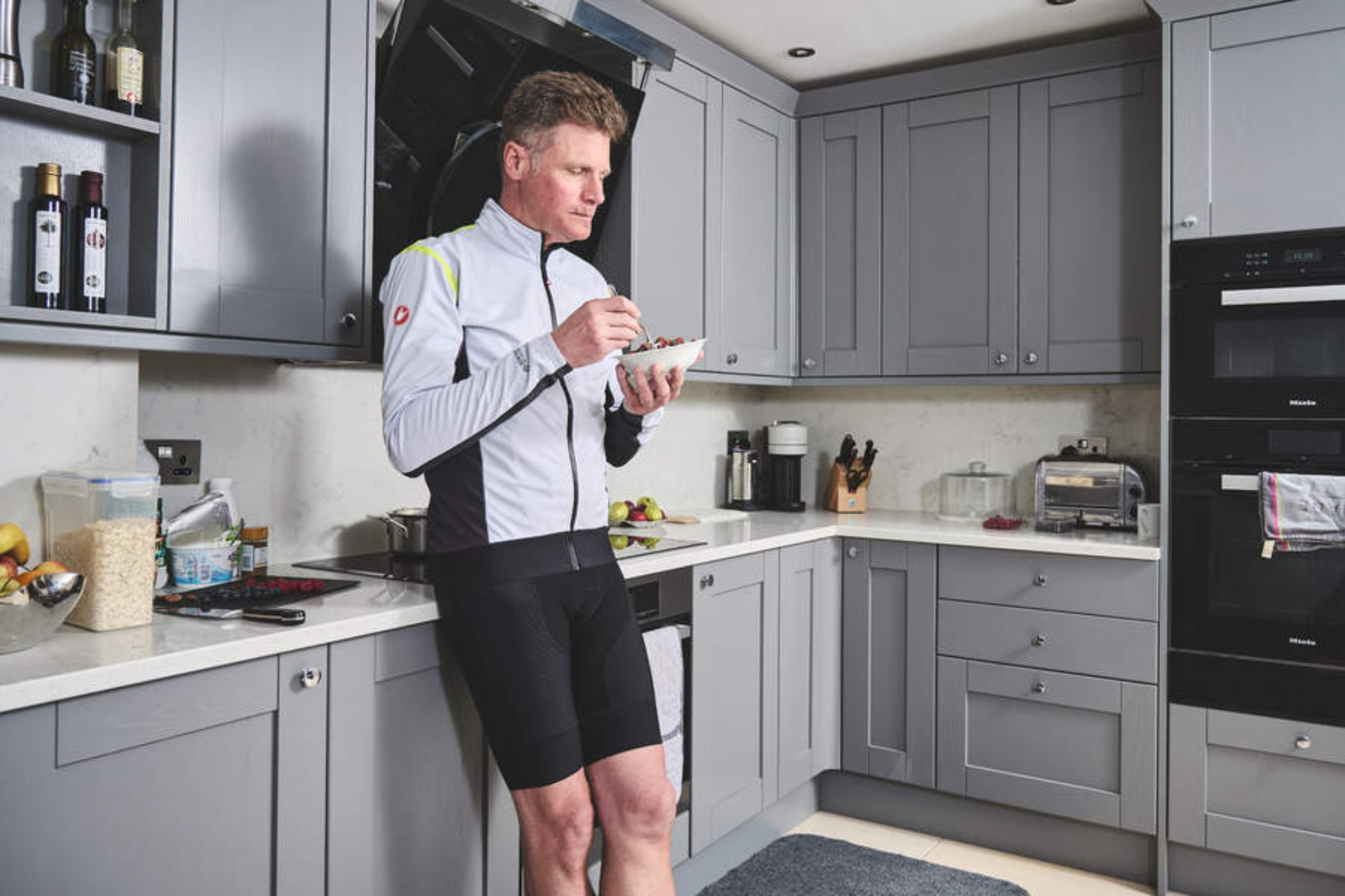
Quite honestly, logging meals and snacks is a chore that I don’t, ahem, relish. But in a recent update the Hexis developers have introduced a searchable food database that makes it much easier to log how many grammes of carbs, protein and fat were in that small bowl of porridge I wolfed down for breakfast. Similarly, in iOS, Hexis uses Apple Health to facilitate logging workouts, in effect enabling it to talk with most other fitness apps on the market.
Hexis is so straightforward that it’s easy to undervalue the sophisticated calculations going on under the hood. The app makes a point of primarily tracking carbs because they are our most immediate source of energy. Simplistically, carbs are converted to glucose for immediate use, or stored in the muscles and liver as glycogen. Glycogen is then readily converted to glucose for availability in the medium term. Eat nothing during a medium (or higher) intensity ride and you’ll run out of glucose in about two hours.
For decades, cyclists have tried to counter this issue by upping their carb levels before and during an event, using strategies such as carb-loading. Conversely, more recently it’s been discovered that occasionally training with reduced carbohydrate availability can elicit positive muscle adaptations that sometimes improve performance. To harness this effect, new strategies termed carbohydrate periodization have become popular, including fasted training, twice per day training and ‘sleep low, train low’.
However, throw into the mix the misguided desire to increase power-to-weight through under-fuelling, and it’s easy to see why eating disorders and chronic under-fuelling have become so prevalent.
“A lot of cyclists are under-fuelling,” says Impey. “Not always enough to damage their health but it is harming their performance. It is fundamentally easier to manipulate functional mass than it is to increase power, which takes much longer.
“Often the solution is to deploy carbs in the right places during the day, which can make a big difference to how athletes feel and how they adapt to their training. You get more bang for your buck out of each training session if you’re fuelled appropriately, and you recover effectively. You get fitter, faster.”
What’s more, for a variety of reasons, the popular carbohydrate periodisation techniques mentioned above don’t always result in performance gains. Often, simply because fuelling inadequately at the wrong time doesn’t enable the body to operate at its highest potential.
To overcome this, Impey proposed in his 2018 paper Fuel for the Work Required: A Theoretical Framework for Carbohydrate Periodisation and the Glycogen Threshold Hypothesis a carbohydrate threshold that adequately fuelled athletes for the “work required” yet still enabled positive adaptations.
“You need a balance,” says Impey. “You don’t want to be in a state where you have way too much carbohydrate in your body, but you don’t want to have too little either because you won’t benefit from a quality training session. Equally, too much carbohydrate will dampen those positive adaptive responses. Hexis helps people find that sweet spot, where you’re fuelled sufficiently, you’re recovering effectively, but you’re not dampening any of those adaptive responses.”
Hexis takes the underpinning science of carbohydrate periodisation and hones it into a programme that’s effective, personalised, predictive and scalable. Its algorithms are informed by a 72- hour window that considers how you fuelled yesterday and what you have planned for tomorrow, before recommending what to consume today.
Regardless of talent, we all share a susceptibility to unforeseen changes that wreak havoc with our plans. Hexis’s ability to instantly recalculate periodized fuelling needs when rides are cancelled is a big plus.
Other cycling nutrition apps
I found Hexis highly dynamic, but was it the right app for me? EatMyRide is also predictive, with more of a focus on individual rides than long-term cycling training plans. It plays nicely with Strava, Komoot, Ride with GPS, Wahoo and Garmin Connect too, as well as suggesting well-known nutrition products, such as SIS gels.
MyFitnessPal is probably the best-known sports nutrition app available. It boasts connectivity with more than 50 apps and features a database of more than 14 million foods. But there’s no getting away from MyFitnessPal’s roots as a calorie counter, rather than a giver of responsive nutritional advice.
Cronometer is another tracker that does a great job of logging your meals and exercise, but it feels passive where Hexis is active and dynamic. There’s definitely room for improvement in Hexis’s feature set, especially intra-ride fuelling, but these gaps are due to be plugged by the upgrades that are in the pipeline.
Using any nutrition app takes work and commitment, which I struggled with for the first week or so. However, once I’d settled into a routine, it became second nature. Did I feel well fuelled and energised? It’s hard to say, mostly because my shorter March rides were in such foul weather conditions that I was always battling a headwind. Longer rides felt more comfortable, with no abrupt loss of legs after the three-hour mark.
My follow-up evaluation at Team Bath provided more concrete evidence that I was doing something right, results that I couldn’t have achieved if I’d been under- fuelled. In seven weeks, my weight had dropped 3.5kg, but more interestingly my body fat was now 15%, down from 19.4%. My new VO2max was up, at 45.9 ml/kg/min, and my LT1 and IAT/LT2 figures had risen to 200 watts at 124bpm and 237 watts at 141bpm – gains of 25 and 12 watts respectively. Peak aerobic power per kg was 3.52 watts per kg, up from 3.1 watts per kg. These are really significant gains in less than two months.
So, are nutrition apps a gimmick? Calorie trackers maybe. But provided you’re committed enough, apps such as Hexis that reward you with personalised, science-based nutritional guidance may just be the best things since sliced bread.
The risks of close nutrition-monitoring
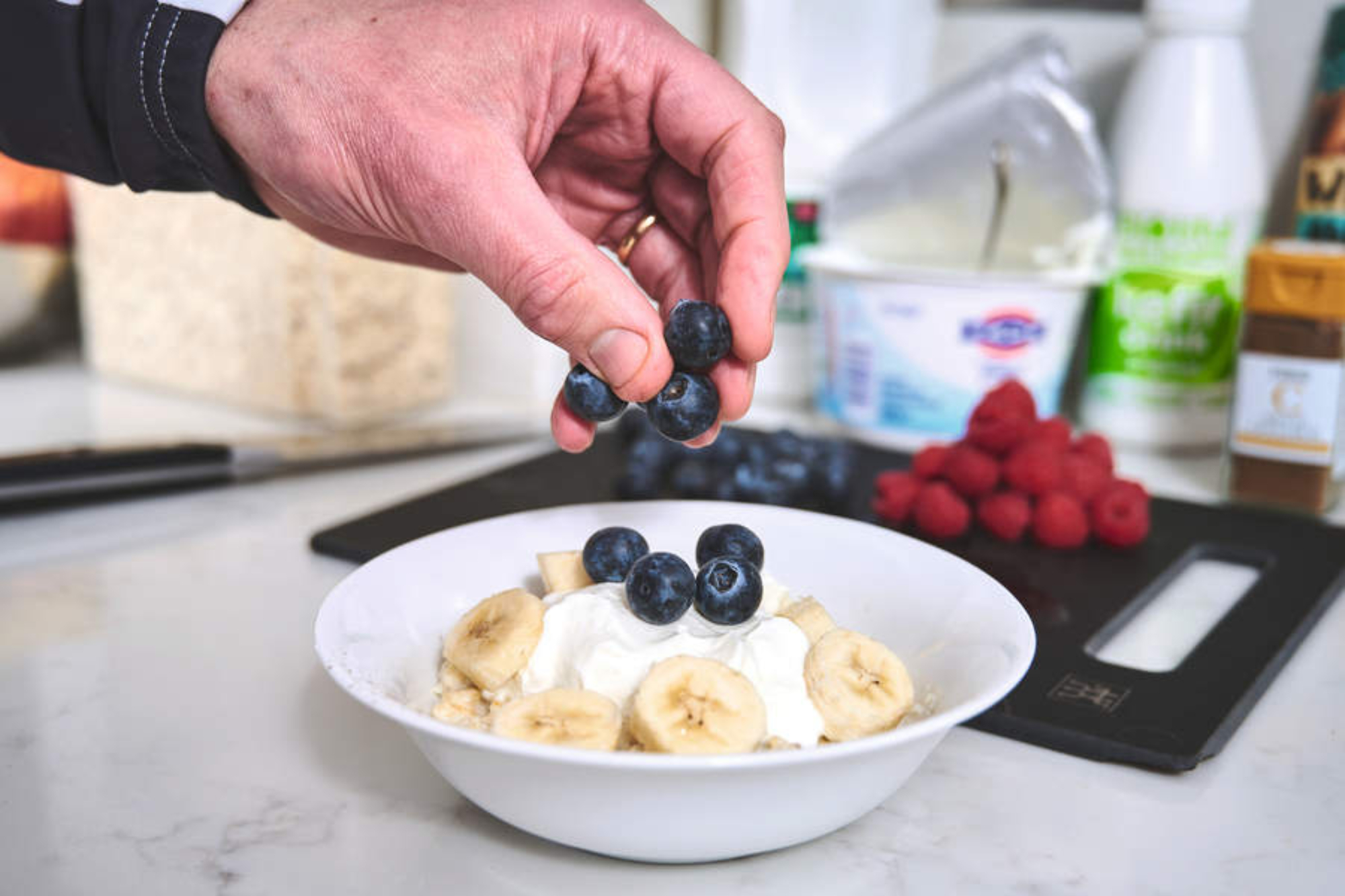
Elite rider Christina Wiejak, who races for Saint Piran, is also a sports nutritionist. We asked for her view on the risks of close nutrition-monitoring:
Do nutrition apps increase the risk of disordered eating?
If a rider is very conscious of their nutritional intake, they may be more inclined to become unhealthily focused on recording using an app. The app facilitates it. Contrastingly, many cyclists may not be fuelling sufficiently due to an inadvertent failure to meet the energy demands of their training/racing. The right app could increase their awareness of their nutritional intake, and therefore encourage them to increase, not decrease, their intake.
Have you or any team-mates been pressured into losing weight?
I know of many, usually in teams that don’t have anyone with nutritional qualifications. However, I believe that the culture in cycling is changing, and that the UK is doing better than most. We are now more aware of low energy availability, and the potential consequences that it can have on an athlete’s short and long-term health and performance. A healthy athlete will perform better than a lighter, unhealthy athlete.
Is the situation worse for female riders?
Both men and women can be susceptible to under-fuelling, low energy availability and disordered eating, so the assumption that male athletes are more resilient to criticism surrounding their physique can be dangerous.
What are the danger signs?
Excessive monitoring, measuring and rigidity around food may be red flags. The signs of low energy availability include fatigue, reduced performance and poor recovery, hormonal dysfunction (identified in females due to disruption of the menstrual cycle), poor bone health, irritability and poor sleep quality. Signs will vary between individuals, and weight loss may not have occurred.
Causes vary significantly between individuals, but excessive focus on power/weight within teams or clubs, particularly with younger athletes, is dangerous. Unfortunately, there are many individuals claiming to have qualifications in nutrition, so find either a dietician with experience in sport, or a sport and exercise nutritionist – searchable on the Sport and Exercise Nutrition Register (SENR).
Fitness testing and planning
I couldn’t have achieved my goals without help from Team Bath’s Jonathan Robinson. Measuring my body composition, VO2max, blood lactate and heart rate profile gave him the baseline figures he needed to recommend a successful fitness strategy.
He provided me with accurate, individualised cycling training zone data that I could input directly into my Garmin, as well as a detailed account of which zones I needed to prioritise in order to see improvements in the right areas.
The cycling training plan I formulated with Robinson’s help needed to be straightforward so that I’d stick to it. Essentially, it comprised a one-hour Zone 1-2 ride twice a week, one 30-minute session of Zone 4, edging into Zone 5 interval training twice a week, a social ride on Saturday, a long ride on Sunday and a rest day on Monday. Most days I would take a 5km hill-walk in the morning too.
These Team Bath services are available to recreational riders as well as elites over here.

Thank you for reading 20 articles this month* Join now for unlimited access
Enjoy your first month for just £1 / $1 / €1
*Read 5 free articles per month without a subscription

Join now for unlimited access
Try first month for just £1 / $1 / €1
Cycling Weekly's Tech Editor Simon spent his childhood living just a stone’s throw from the foot of Box Hill, so it’s no surprise he acquired a passion for cycling from an early age. He’s still drawn to hilly places, having cycled, climbed or skied his way across the Alps, Pyrenees, Andes, Atlas Mountains and the Watkins range in the Arctic.
Simon has 35 years of experience within the journalism and publishing industries, during which time he’s written on topics ranging from fashion to music and of course, cycling.
Based in the Cotswold hills, Simon is regularly out cycling the local roads and trails, riding a range of bikes from his home-built De Rosa SK Pininfarina to a Specialized Turbo Creo SL EVO. He’s also an advanced (RYT 500) yoga teacher, which further fuels his fascination for the relationship between performance and recovery. He still believes he could have been a contender if only chocolate wasn’t so moreish.
-
 Aero bikes with gravel wheels?: Six tech insights from Paris-Roubaix Femmes
Aero bikes with gravel wheels?: Six tech insights from Paris-Roubaix FemmesEverything we found out about tyre widths, self-inflating systems, and wheel choices from the cobbled Monument
By Tom Davidson Published
-
 'This race is absolutely disgusting': Peloton reacts to another brutal Paris-Roubaix Femmes
'This race is absolutely disgusting': Peloton reacts to another brutal Paris-Roubaix FemmesNow in its fifth edition, Paris-Roubaix Femmes is still a tough race, even for the best bike riders in the world
By Adam Becket Published
-
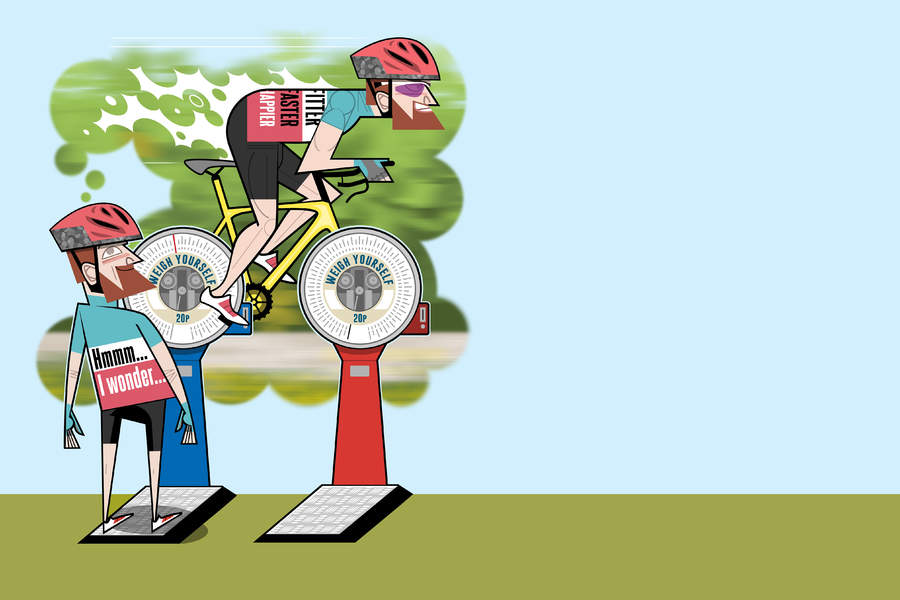 How to lose weight cycling without sacrificing strength
How to lose weight cycling without sacrificing strengthIf you're looking to lose weight cycling, here is a quick guide to reduce that number on the scales to improve your riding
By Dr Eimear Dolan Last updated
-
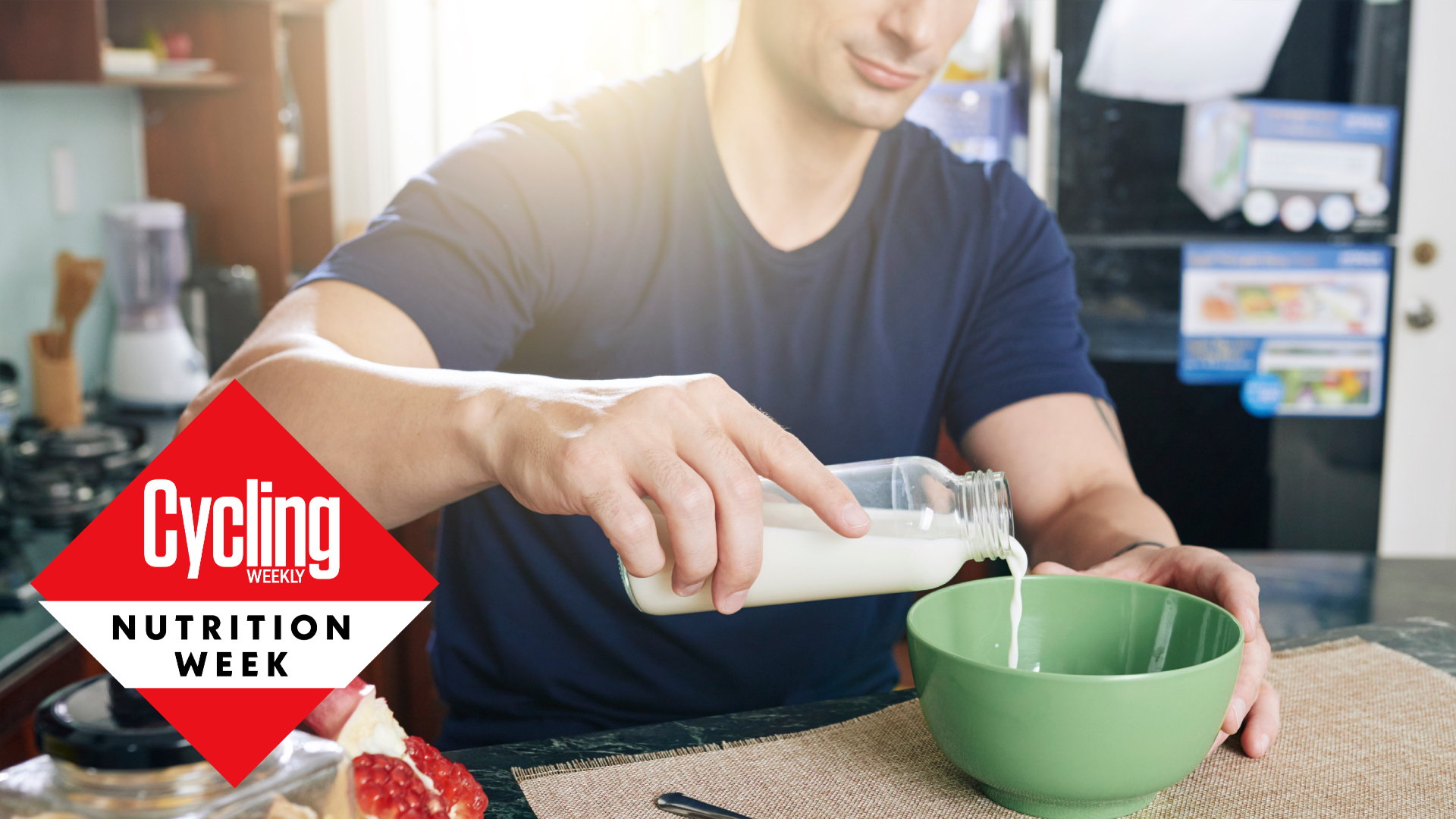 Six foods to avoid before a bike ride and why
Six foods to avoid before a bike ride and whyWe take a look at some of the staples you should steer clear of before heading out on a ride
By Anna Marie Abram Published
-
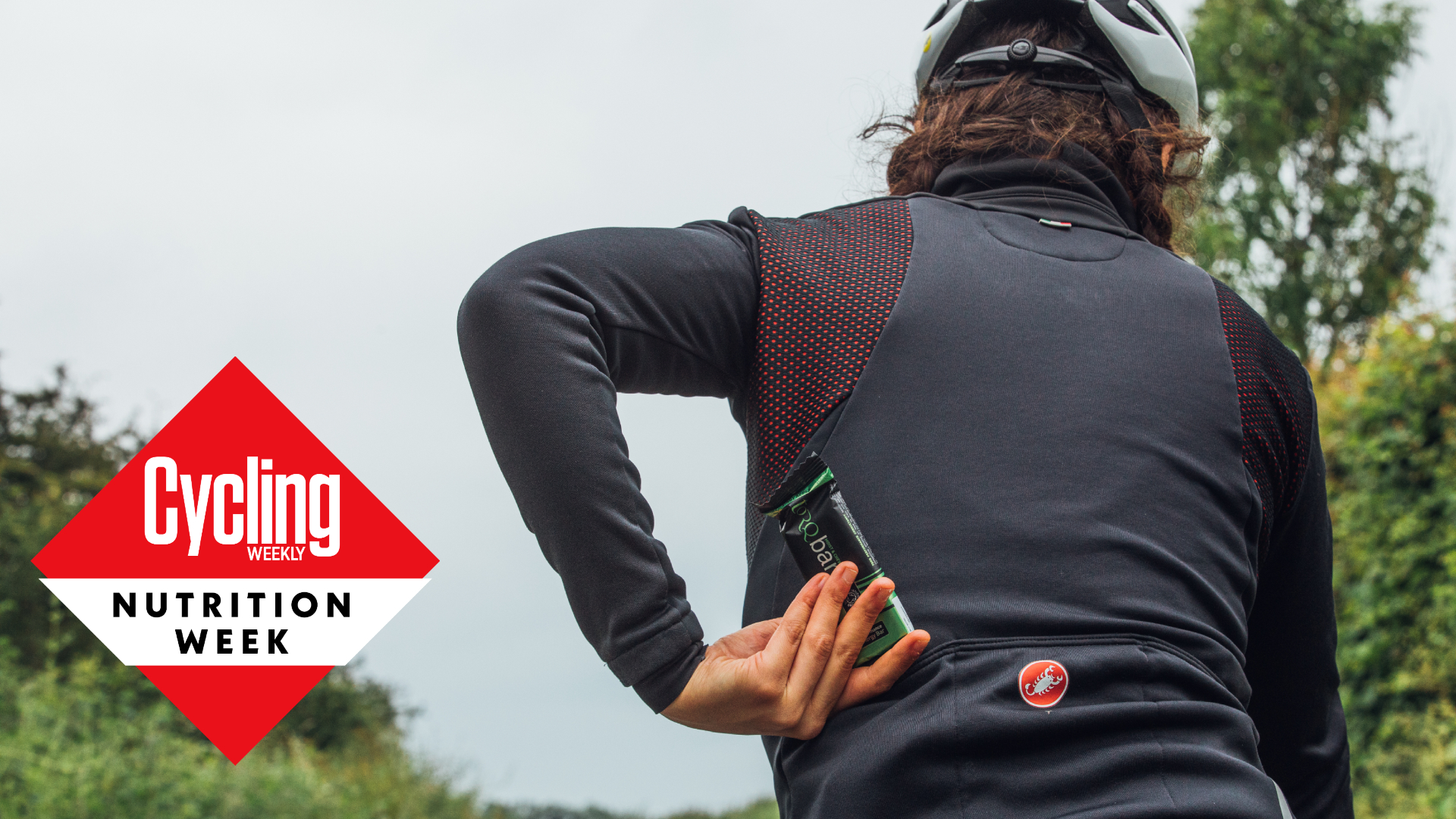 Ask a coach: 'How much should I expect to eat on a 100-mile ride?'
Ask a coach: 'How much should I expect to eat on a 100-mile ride?'It's important to stay fuelled, but just how much food does that mean you should bring?
By James Spragg Published
-
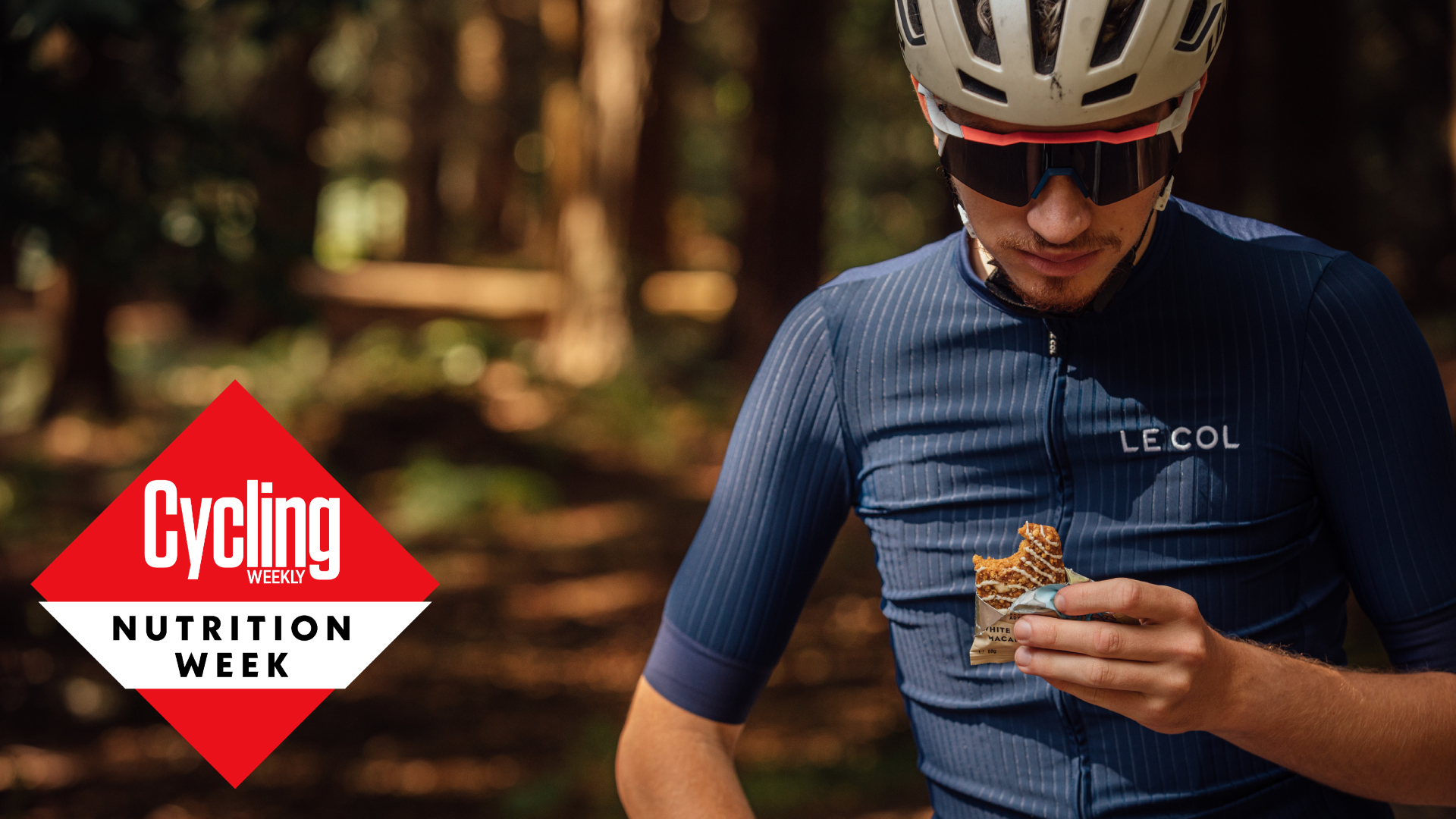 It’s ‘Nutrition Week’ on Cycling Weekly - here’s how to ensure you’re optimally fuelled to hit your riding goals
It’s ‘Nutrition Week’ on Cycling Weekly - here’s how to ensure you’re optimally fuelled to hit your riding goalsFrom the 24th-28th July here at Cycling Weekly, we’ll be doing our bit to provide you with tips on how to what you need nutrition-wise, and where to get it
By Anna Marie Abram Published
-
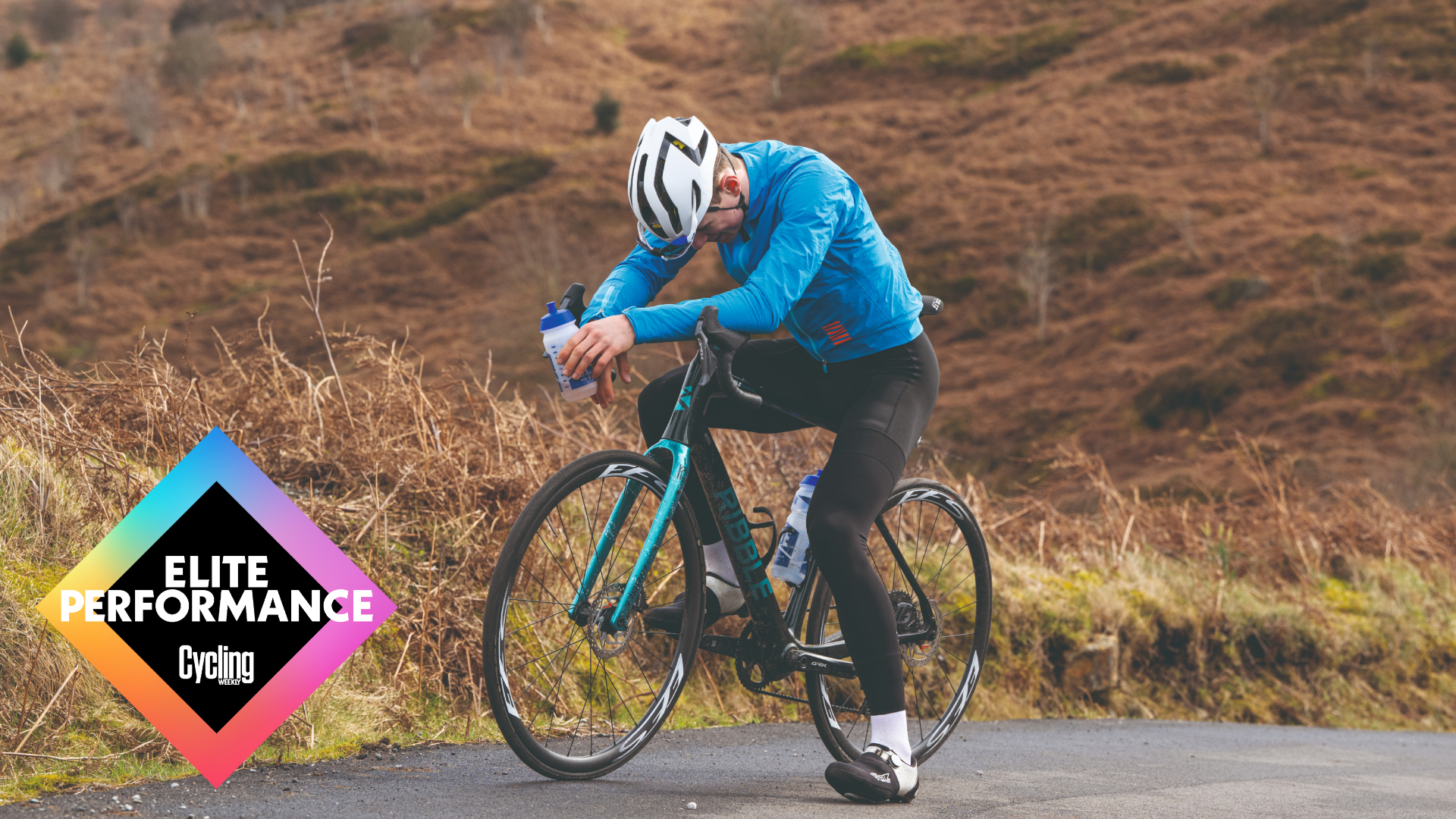 Bonk-proof your fuelling: what’s really going on to cause you to ‘bonk’ and how to avoid it
Bonk-proof your fuelling: what’s really going on to cause you to ‘bonk’ and how to avoid itShaken by a personal experience of that dreaded running on-empty feeling, Anita Bean goes in search of fuelling experts to find out what ‘bonking’ really means and how to avoid it
By Anita Bean Published
-
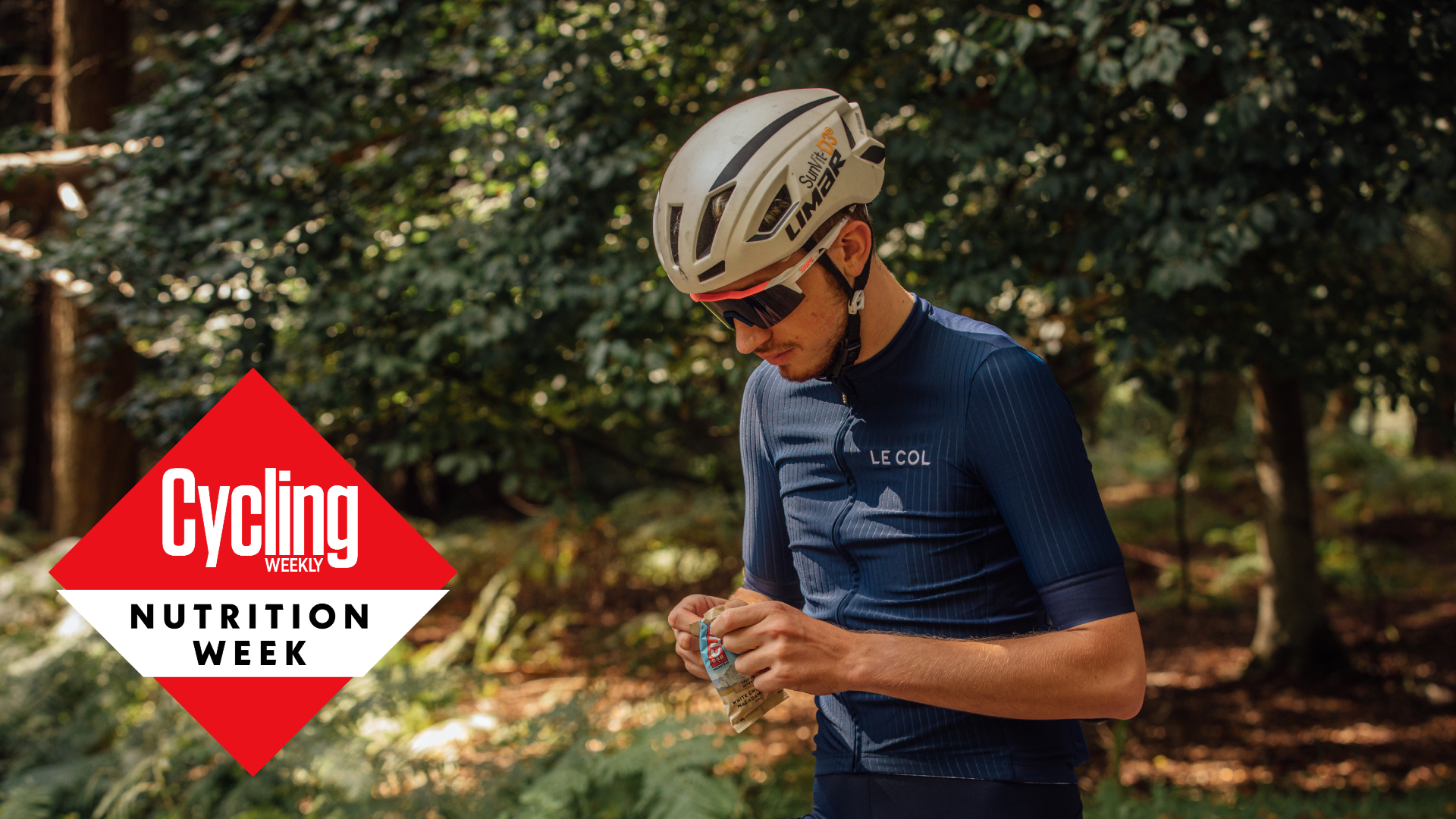 The best food for endurance cycling - here’s what to eat and drink before, during and after
The best food for endurance cycling - here’s what to eat and drink before, during and afterWhat to eat before, during and after endurance rides to avoid ‘bonking’ and maximise your cycling fitness gains
By Andy Turner Last updated
-
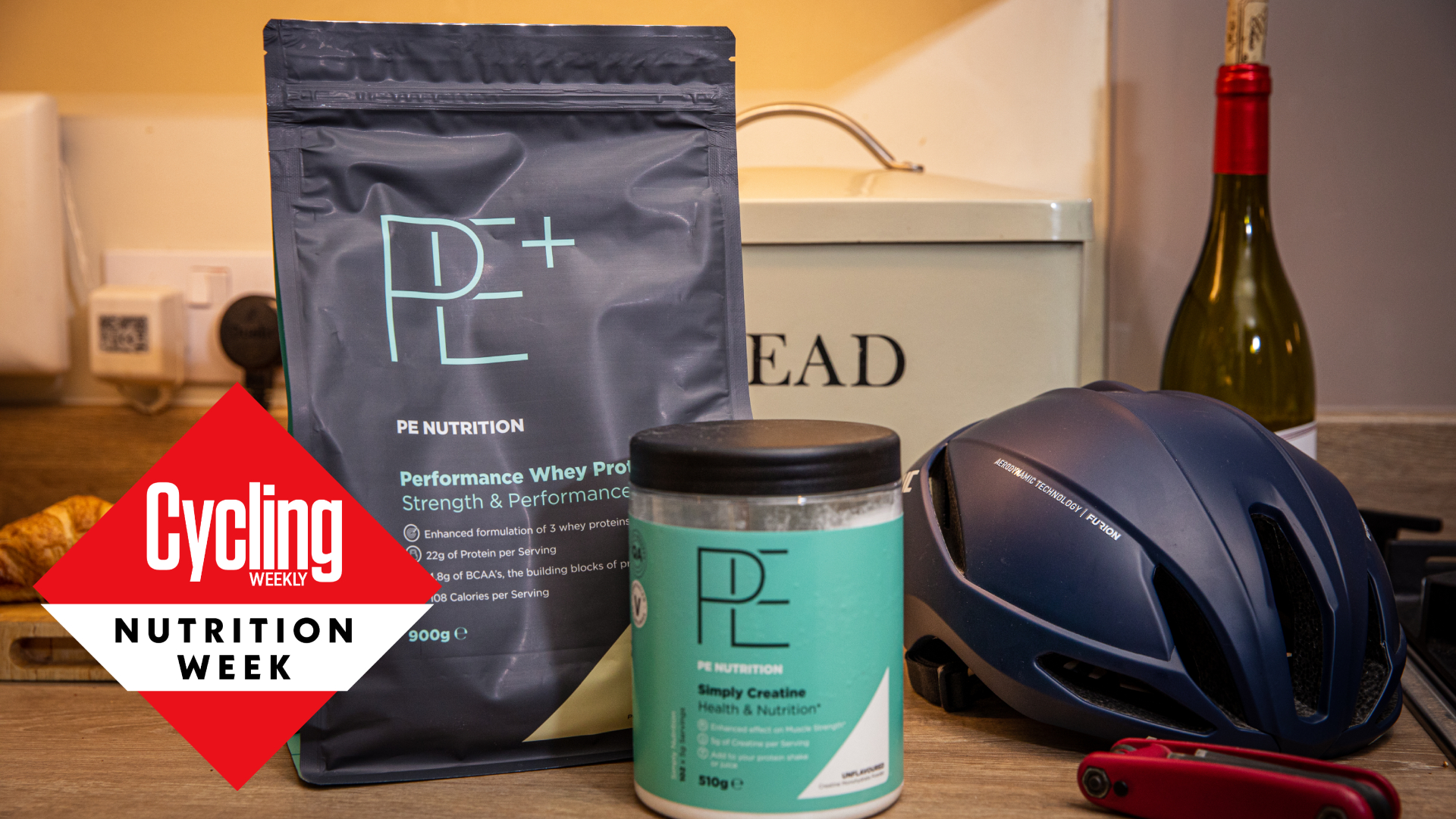 How much protein do cyclists need? Nail your recovery with this guide
How much protein do cyclists need? Nail your recovery with this guideConfused about how much protein you need, where to get it from and when to take it? We've got the answers for meat-eaters, vegans and vegetarians alike…
By Charlotte Broughton Last updated
-
 Do cyclists really need to carb-load before a big ride?
Do cyclists really need to carb-load before a big ride?We take a look at what the benefits of carb-loading really are - and how to do it right
By David Bradford Last updated